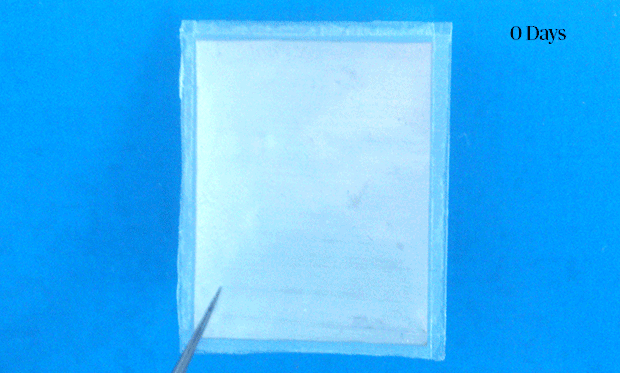Biodegradable devices that generate energy from the same effect behind most static electricity could help power transient electronic implants that dissolve in the body, researchers say.
Implantable electronic devices now help treat everything from damaged hearts to traumatic brain injuries. For example, pacemakers can help keep hearts beating properly, while brain sensors can monitor patients for potentially dangerous swelling in the brain.
However, when standard electronic implants run out of power, they need to be removed lest they eventually become sites of infection. But their surgical removal can result in potentially dangerous complications. Scientists are developing transient implantable electronics that dissolve once they are no longer needed, but these mostly rely on external sources of power, limiting their applications.
Now researchers have developed a biodegradable power source that harnesses the phenomenon known triboelectricity, the most common cause of static electricity. When two different materials repeatedly touch and then separate, the surface of one material can steal electrons from the surface of the other. This is why rubbing feet on a carpet or a running a comb through hair can build up electric charge. The scientists detailed their findings online in the 4 March edition of the journal Science Advances.

At the heart of the new device are two layers of commercially available, inexpensive, biodegradable polymers, such as PLGA and PCL, which are used in medical sutures. One layer is a thin flat film, while the other layer is a sheet coated with rods up to 300 nanometers high. The layers are separated from one another by blocks of biodegradable polymer; they generate electricity when they are pushed together and pulled apart.
In the lab, the researchers found that their biodegradable nanogenerator could achieve a power density of 32.6 milliwatts per square meter. They discovered that it could successfully power a neuron-stimulation device that helps control neuron growth. “Our results open the gate to fully degradable electronic devices,” says study co-author Zhong Lin Wang, a materials scientist at the Beijing Institute of Nanoenergy and Nanosystems. “A whole device can be absorbed in body and would not need to be removed through additional surgery.”
The researchers note that they can tune the lifetime of their nanogenerator from hours to years, depending on the needs of the implantable electronics it is designed to power. They suggest that future devices could be powered by the mechanical energy from heartbeats or respiration.
“We provide a potential power source by reclaiming biomechanical energy from the human body,” Wang says.
Charles Q. Choi is a science reporter who contributes regularly to IEEE Spectrum. He has written for Scientific American, The New York Times, Wired, and Science, among others.



